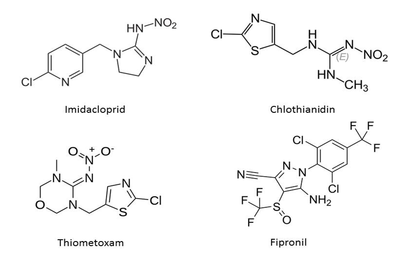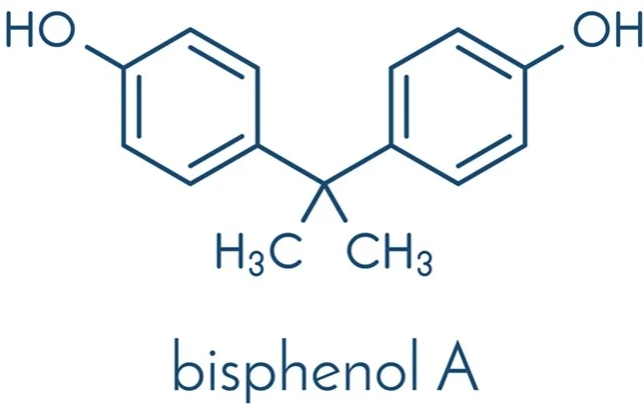Biological and material engineering for remediation
Nature has a unique and balanced way to recycle waste, which counts on a combination of biotic and abiotic systems.
Environment persistent chemicals such as PFAS (per- and polyfluoroalkyl substances) can be degraded by certain microorganisms (i.e. White rot fungus). We engineer and integrate biological systems and chemical process to remove and remediate emerging contaminants such as PFAS. We further utilize systems biology platforms to identify the optimal bio-remediation conditions and elucidate mechanism to guide more efficient bio-remediation.
Environment persistent chemicals such as PFAS (per- and polyfluoroalkyl substances) can be degraded by certain microorganisms (i.e. White rot fungus). We engineer and integrate biological systems and chemical process to remove and remediate emerging contaminants such as PFAS. We further utilize systems biology platforms to identify the optimal bio-remediation conditions and elucidate mechanism to guide more efficient bio-remediation.
Integration of electrochemical process and synthetic biology
The root cause of climate change is due to modern society's significant demand of energy and reliance on fossil energy. The natural photosynthesis cannot harvest enough solar energy for the current global energy consumption, when the majority photosynthesis inputs are used toward agriculture and infrastructure such as food, fiber and lumber. Our goal is to bypass photosynthesis to reach higher energy conversion rate, product yield, and pay off the carbon debt.
We integrate electrocatalysis and synthetic biology for high value product synthesis such as bioplastics and fuels.
We integrate electrocatalysis and synthetic biology for high value product synthesis such as bioplastics and fuels.










